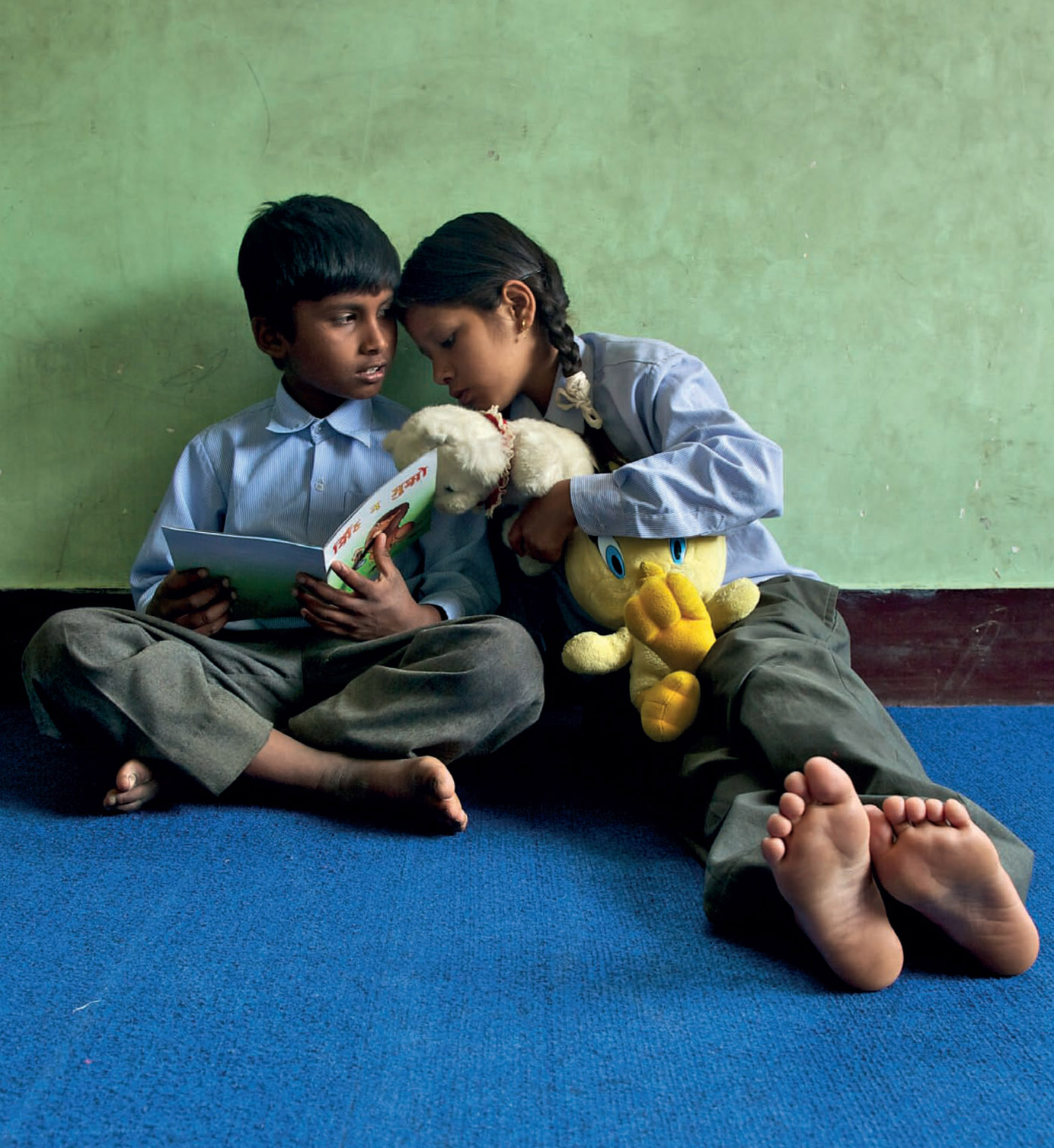Reference


Thoughts on Fair Content
About Fair Content
The Fair Content concept was inspired and conceived by the contributions of Stacey Monk and Sanjay Patel of Epic Change, Jen Lemen of Hopeful World, and Samuel Suraphel of Beta Bahil, all in the United States, and Lucy Kamptoni of Shepherds Junior School in Arusha, Tanzania. This description of Fair Content is adapted from FairContent.org, an initiative of U.S. nonprofit Epic Change.
What if the Greatest Assets we own are the Stories we Live?
Stories educate, entertain, inspire, spread hope, share wisdom, and help us learn about the world in which we live. Stories have the capacity to generate or increase income when they take the form of products, communications, and/or marketing tools and campaigns for individuals, organizations, and businesses. As such, stories (delivered in a myriad of physical forms including photographs, essays, articles, books, marketing campaigns, and advertisements) are valuable assets.
Often, due to complex inequalities of wealth and power, storytellers, writers, photographers, filmmakers, nonprofit organizations, corporations, publishers, and others benefit financially by sharing stories without fairly compensating or providing editorial input to the individuals who have lived the stories they portray. Ironically, this may be especially true in telling stories related to issues of social justice, social change, and social innovation, and in situations where content providers live in material poverty or in marginalized communities. While in many cases, stories and imagery may be used in ways that benefit content providers, too frequently these stories are told in ways that evoke pity, exploit or denigrate their subjects, manipulate audiences, perpetuate negative stereotypes, and convey an implicit sense of inequality.
Fair Content is a movement and collaborative effort to encourage creative communicators, non-profit organizations, corporations, and publishers to provide fair compensation and editorial input to their subjects. Supporters of Fair Content believe people who share personal stories about their own lives have the right to determine how, to whom, and for what purposes their stories may be shared; to validate that their stories are portrayed in an honest and authentic way; and, particularly when their stories are shared in ways that generate income, to receive fair payment, not as a form of charity, but as compensation for a valuable asset.
Fair Content in this Book
In the spirit of Fair Content, Lucy Kamptoni of Shepherds Junior School in Arusha, Tanzania proposed that she and I craft a Fair Content agreement so that Shepherds Junior School might benefit financially in part from any proceeds I receive from the creation and sale of this book. We worked collaboratively to craft and finalize a Fair Content agreement. Using our initial agreement as a model, I then proposed a Fair Content agreement with Renu Bagaria of Koseli School in Kathmandu, Nepal, so that Koseli School might share proceeds with me in the same way. As you consider starting or developing your documentary project ideas and find that you may have an opportunity to generate income from your portrayal of your subject’s story, I encourage you to work collaboratively with your subject(s) to craft a Fair Content agreement.
Connect
Learn more about Fair Content:
www.faircontent.org

Students at Shepherds Junior School in Arusha, Tanzania.Learn more about the school on page 162 in Chapter 4: Push Through Boundaries and Let Your Subject Guide You.
